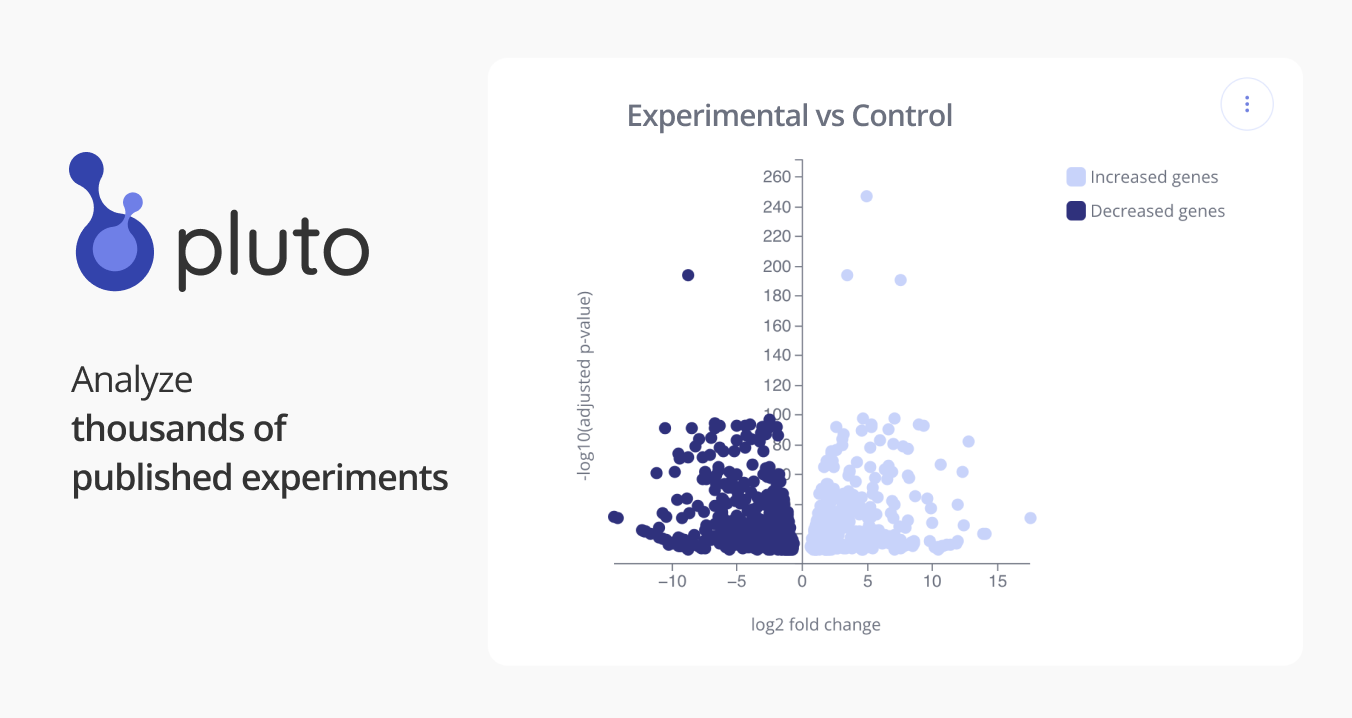Pluto Bioinformatics
GSE133098: Histone Demethylases KDM3A and KDM4C regulate mesenchymal stromal cell senescence and bone aging through condensin-mediated heterochromatin organization
Bulk RNA sequencing
Epigenomic changes and stem cell exhaustion are two hallmarks of aging. Accumulating evidence suggest that MSC senescence could perpetuate aging or age-related diseases. Here we report that two H3K9 demethylases KDM3A and KDM4C regulate heterochromatin reorganization via transcriptionally activating condensin components NCAPD2 and NCAPG2 in aging MSCs. Suppression of KDM3A or KDM4C leads to robust DNA damage response and aggravates cellular senescence, whereas overexpression of KDM3A/KDM4C or NCAPD2 directly promotes heterochromatin reorganization and blunts DNA damage response. MSCs derived from kdm3a-/- mice exhibit compromised heterochromatin organization machinery and are more susceptible to genotoxic damage, which are associated with accelerated bone aging. Consistently, analysis of human bone marrow MSCs and transcriptome database for other human adult stem cells reveals inverse correlation of KDM3A and KDM4C with aging. Taken together, the present finding unveils a novel function of histone demethylases as a surveillance mechanism to restrain DNA damage accumulation via transcriptionally activating condensins during stem cell aging, which provides potential targets for the diagnosis and intervention of human aging and geriatric diseases. SOURCE: HUANG BIAO (biaohb5568376@gmail.com) - 409 Room, Prof. Jiang Xiao Hua's lab The Chinese University of Hong Kong
